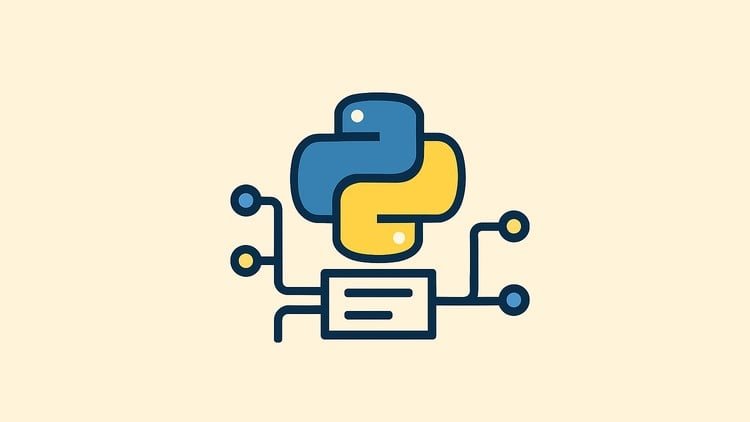If you’re looking to elevate your software design skills, the "Low Level Design (LLD): Using Python" course on Udemy is an excellent choice. This course focuses on the art of low-level design, equipping you with the techniques needed to develop robust, scalable, and efficient software systems. Whether you’re a beginner looking to understand foundational concepts or an intermediate programmer wanting to sharpen your skills, this course offers valuable insights to enhance your design capabilities.
What you’ll learn
Throughout this course, you will dive deep into the fundamental principles of low-level design (LLD) while leveraging the popular programming language Python. Key skills and technologies covered include:
- Understanding of LLD Concepts: Gain insights into object-oriented principles, design patterns, and the importance of system design.
- Class and Object Design: Learn how to effectively create and structure classes and objects in Python.
- UML Diagrams: Explore how to use Unified Modeling Language (UML) for visualizing system designs.
- Design Patterns: Familiarize yourself with common design patterns, such as Singleton, Factory, and Observer, to write more maintainable code.
- Real-World Projects: Apply your knowledge through practical exercises, including building a Library Management System and a Movie Ticket Booking System.
- Code Reviews: Understand how to conduct effective code reviews and learn from feedback to improve your design skills.
By the end of the course, you’ll possess the practical skills necessary to design and implement low-level systems with confidence.
Requirements and course approach
To get the most out of this course, a basic understanding of Python is recommended. Familiarity with programming concepts such as data structures and algorithms will be beneficial but is not strictly necessary. The course is structured to guide you progressively through the material, beginning with foundational concepts before advancing to more complex topics.
The course employs a blend of theoretical lessons and practical coding exercises. Each section is accompanied by coding examples that make the content engaging and easy to follow. You’ll find that the use of real-world scenarios helps solidify your understanding of low-level design, making abstract concepts more tangible. Additionally, the course encourages active participation through quizzes and assignments that reinforce learning.
Who this course is for
This course is tailored for a diverse range of participants, including:
- Aspiring Software Engineers: Those starting their careers in software development will gain valuable insights into low-level design principles.
- Intermediate Programmers: Developers looking to enhance their existing skills and understand the nuances of designing scalable systems.
- Computer Science Students: Students seeking to solidify their theoretical knowledge through practical applications in Python.
- Tech Enthusiasts: Anyone with a passion for understanding software architecture will find this course beneficial.
If you’re eager to take your programming skills to the next level by mastering low-level design, this course is an excellent stepping stone.
Outcomes and final thoughts
By the end of "Low Level Design (LLD): Using Python," you can expect to walk away with a solid understanding of how to approach software design challenges with confidence. You’ll be equipped with practical skills in system design, enabling you to create efficient applications with well-structured code.
Moreover, the course’s practical approach ensures that you’ll not only learn the theory but also how to apply it effectively in real-world scenarios. This course serves as a fundamental building block in your software engineering journey, preparing you for more advanced design topics in the future.
In conclusion, whether you’re aiming to enhance your resume or improve your coding practices, enrolling in this course is a wise investment in your development as a software engineer. Happy learning!




